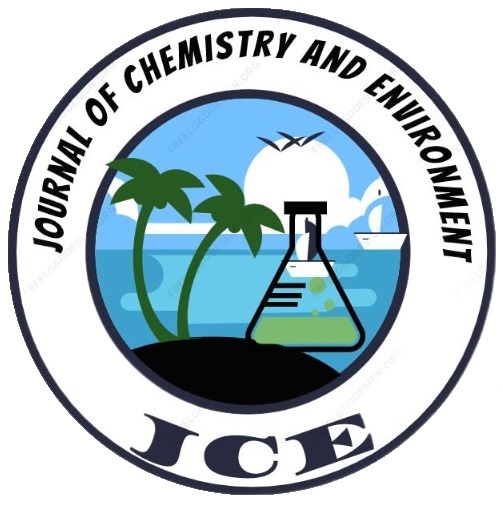Application of Nanostructured Materials for the Remediation of Microbes Contaminated Water and Sustainable Water Treatment
DOI:
https://doi.org/10.56946/jce.v3i1.294Keywords:
Nanomaterials, carbon nanotubes (CNTs), microbial removal, water treatment, desalinizationAbstract
Regardless of whether pollution originates from inorganic sources such as heavy metals, or organic waste such as industrial discharges; it poses a grave threat toward human health and environmental equilibrium. Air and water quality, soil health, ecosystem integrity—all can suffer negative impacts due to these pollutants with far-reaching effects on both public health and our surroundings. To alleviate this pervasive problem effectively: comprehensive strategies must be implemented that encompass strict regulatory measures; advocate for sustainable industrial practices – promoting environmentally conscious behaviors is also key, and recent decades have seen a marked rise in pollutants in water sources. Human existence depends on having access to clean water, yet numerous sources are now seriously contaminated. Fortunately, using several cutting-edge methods, nanotechnology provides intriguing and useful options for wastewater cleaning. Numerous pollutants, including germs, sediments, and dangerous chemicals like Mercury and Arsenic, may be removed using nanotechnology. The development of wastewater treatment alternatives is being aided by cutting-edge nanotechnology, which has the potential to improve the reuse of water, recycling, and restoration. This not only improves the quality and durability of the water over the long term, but also assures future generations will have access to it. Diverse procedures and strategies are now used in the field of water purification, many of which use nanomaterials. Nanofiltration is a particularly effective and straightforward technique. Low pressure water is used in this method to flow through nanofiltration filters; these filters may be quickly cleaned by simply back-flushing. Utilizing carbon nanotubes, which are recognized for their efficiency in eliminating a wide range of water contaminants because of their incredibly smooth interiors, is another benefit of nanofiltration. When compared to traditional microstructure materials, nanostructured materials, such as Ag (silver), Au (gold), metal oxides, and CNTs (carbon nanotubes), provide several advantages in the purification of water. They are excellent alternatives for tackling the urgent problems caused by water contamination because of their increased surface area and exceptional qualities. In conclusion, the use of nanomaterials in water filtration, such as Ag, Au, metal oxides, and CNTs, marks a huge step towards protecting our planet's most valuable resource. We can create a sustainable future where everyone has access to clean, secure drinking water by using the potential of nanotechnology.
Downloads
Published
How to Cite
Issue
Section
License

This work is licensed under a Creative Commons Attribution-NonCommercial-NoDerivatives 4.0 International License.


